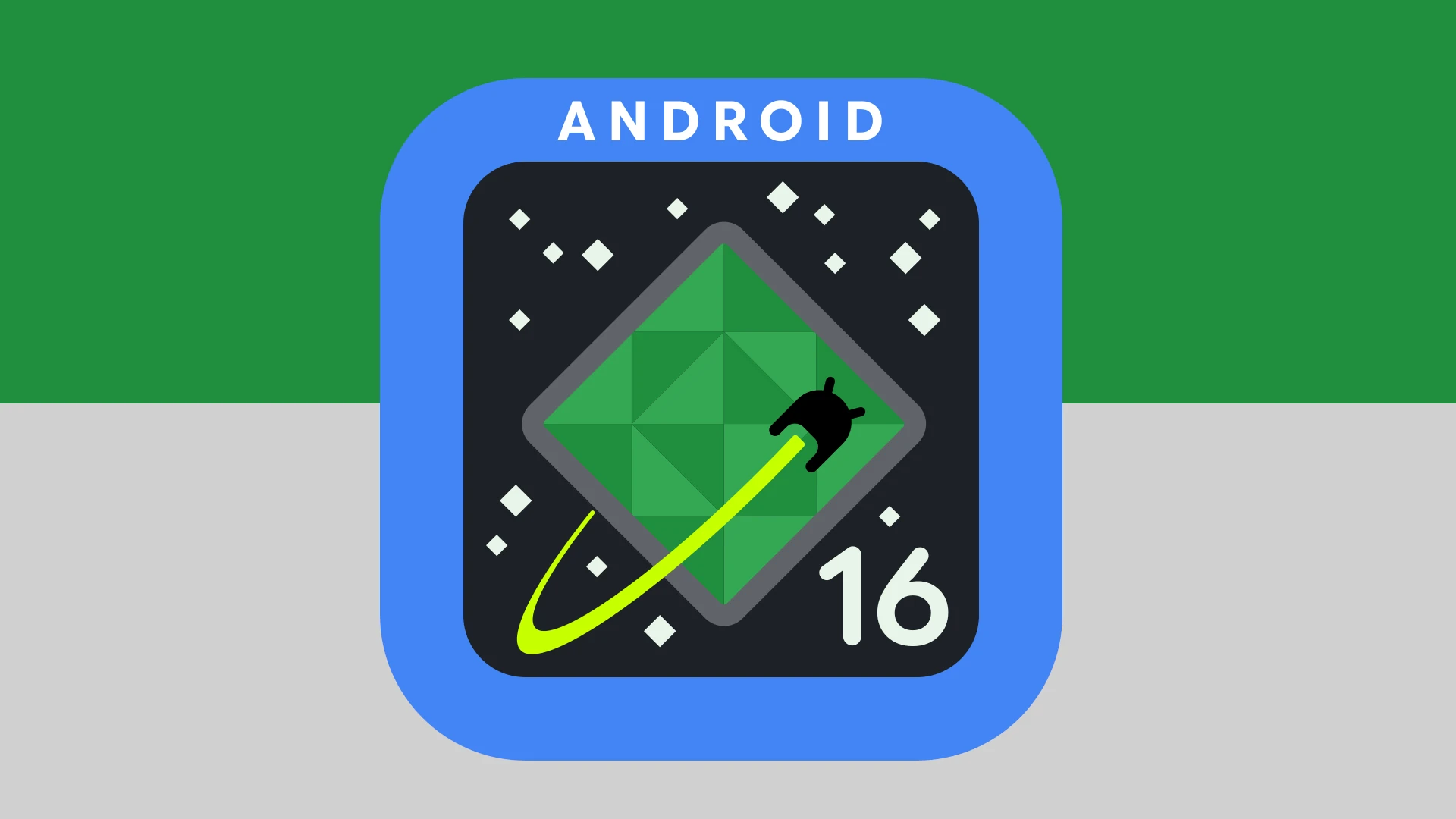Android 16 Beta 1 has been released, offering new features and improvements aimed at enhancing user experience and app adaptability on supported Pixel devices. Key updates include improved notifications, better app performance on various screen sizes, and advanced media capabilities.
While the beta version may have bugs, it allows users to provide feedback before the stable release expected in the second quarter of 2025. This update focuses on fostering a seamless experience across devices, including tablets and foldable phones, and supports real-time notifications on the lock screen. For more details, users can visit the official Android Developer website and participate in community discussions.
Android 16 Beta 1: What’s New and What It Means for You
Key Features of Android 16 Beta 1
Google just released the first beta version of Android 16 on January 23, 2025. This is big news for Android users, especially those with Pixel phones (Pixel 6 and newer, including the Pixel 9 Pro Fold). This beta gives us a good look at what to expect in the final version of Android 16, which is planned for release in Q2 2025 – an earlier release than previous versions. They also plan to release another big update to Android 16 in Q4 2025. Let’s look at some of the important changes.
Adaptive Apps
One of the most important changes in Android 16 is how apps handle different screen sizes. Google is making it so apps have to adapt to any screen. This is especially helpful for tablets and foldable phones. Before, some apps would not work well on these devices, with issues like black bars or stretched images. Now, apps should work well on any device. This means a smoother experience no matter what device you use.
Live Updates for Notifications
Android 16 also brings live updates for notifications. This means notifications for things like food delivery, ride-sharing, and navigation will update in real-time. You will see the latest information right on your lock screen or in your notification shade. No more constantly checking the app for updates; the information comes to you.
Advanced Professional Video (APV) Codec Support
For those who use their phones for serious video work, Android 16 supports the APV codec. This allows for very high-quality video recording with less data loss. This is a big plus for professional video creators who need the best possible quality.
Android 16 Beta 1: Pros and Cons
Here’s a quick look at the advantages and disadvantages of the current beta:
| Pros | Cons |
|---|---|
| Improved experience on tablets and foldables | Beta software may have bugs |
| Real-time updates for important notifications | Some apps might not work perfectly right away |
| Better video recording for professionals | Not all devices are supported in the first beta |
What This Means for You
If you have a supported Pixel phone, you can try the Android 16 Beta 1 now. Just remember that it is beta software, so you might run into some problems. If you are not comfortable with that, it’s best to wait for the final release. The earlier release schedule means we will see the finished product sooner than usual, and also get another update later in the year.
Looking Ahead: Future Android Developments
The changes in Android 16 pave the way for future Android versions. The focus on adaptable apps is likely to continue, with more improvements to make apps work well on all devices. Live notifications could also expand to include more types of apps. Google’s commitment to releasing updates more frequently means we can expect new features and improvements on a regular basis.
Beyond Android: The Rise of Foldable Phones
The focus on adaptive apps in Android 16 is closely linked to the growing popularity of foldable phones. These devices offer a unique experience, combining the portability of a smartphone with the larger screen of a tablet. Companies like Samsung, Motorola, and Google itself with the Pixel Fold are pushing the boundaries of foldable technology. These phones use flexible screens that can fold in half, allowing for different ways to use the device. For example, a foldable phone can be used as a regular phone when folded, and then unfolded to become a small tablet for watching videos or reading. This also allows for improved multitasking. You can have two apps open side by side on the larger screen. The development of foldable phones is still relatively new, but they are becoming more common. As technology improves and prices come down, they could become a major part of the mobile phone market. The push for adaptive apps in Android 16 helps make sure that these foldable devices offer a good experience for users. The changes in Android 16 are not just about making apps fit different screens; they are about making Android ready for the next generation of mobile devices.
Short Summary:
- New features include Live Updates for ongoing notifications.
- Improved app adaptability on varying screen sizes and orientations.
- Support for advanced video formats, including the Advanced Professional Video codec.
Android 16 Beta 1: Key Updates and Installation Guide
Google has officially launched the first public beta of Android 16, allowing developers and early adopters to experience the exciting new features that the tech giant has in store for its mobile platform. As part of this initial rollout, users can enroll any compatible Pixel device to receive over-the-air updates for Android Beta versions. The beta brings significant enhancements in areas like app adaptability, notifications, and media capabilities, fostering an enriched, more responsive Android environment.
Key Features of Android 16
Android 16 introduces several groundbreaking features aimed at improving user interaction and developer flexibility. Here are the highlights:
1. Live Updates
One of the standout additions in Android 16 is the new Live Updates feature. Live Updates provide real-time notifications focused on ongoing user activities, making it easier to track things like food delivery, navigation, or rideshare requests. Developers can create notifications that not only inform users of key milestones but also dynamically update as progress is made.
“The new ProgressStyle notification template enhances user experience by providing timely and relevant updates, particularly in journeys like ridesharing and package delivery,” explained Matthew McCullough, VP of Product Management at Android.
2. App Adaptivity
With the increasing variety of screen sizes in today’s devices, Android 16 prioritizes app adaptability. Applications built for screens larger than 600dp are expected to work seamlessly across different orientations and sizes, eliminating the need for developers to restrict resizing capabilities. The platform encourages a more responsive user interface, allowing for apps that can run smoothly on both phones and tablets without manual intervention.
“We’re moving towards a future where users expect apps to function fluidly across devices,” noted McCullough. “This change removes unnecessary limitations that hinder user experience.”
3. Advanced Professional Video (APV)
Android 16 also enhances media experiences with its support for the Advanced Professional Video codec. This innovative codec allows for higher quality video recording and editing, catering to professional users who require superior video performance. Key features of APV include:
- Perceptually lossless video quality that resembles raw content.
- Low complexity and high throughput for editing workflows.
- Support for high bit-rates suitable for 2K, 4K, and 8K resolutions.
Accessibility Enhancements
Accessibility is a cornerstone of Android’s design philosophy, and Android 16 further builds on this with new APIs. Supplemental descriptions now allow developers to provide additional context for views without overriding child view information. This feature makes it easier for users relying on accessibility services to navigate applications efficiently.
Additionally, form fields can now be marked as required, helping users complete forms with greater ease, especially on complex interfaces.
Behavior Changes and Migration Considerations
As Android evolves, certain behavior changes are introduced to enhance efficiency and performance while ensuring compatibility with existing applications. For instance, applications using internal ART structures must be updated to avoid compatibility issues when running on Android 16, as these structures may have changed significantly.
Moreover, the predictive back navigation experience has been revamped, creating a more intuitive user interface. With this update, apps targeted at Android 16 automatically have predictive animations enabled, enhancing navigation fluidity.
How to Install Android 16 Beta 1
For those eager to dive into the new features, installing Android 16 Beta 1 can be done easily through various methods:
1. Via Android Beta Program
The simplest way to obtain Android 16 Beta 1 is by enrolling in the Android Beta Program. Here’s how:
- Visit the Android Beta Program portal.
- Sign in with the Google account linked to your eligible device.
- Locate your device in the “Your eligible devices” section.
- Select “Opt in” to receive the over-the-air update.
2. Using the Android Flash Tool
If you prefer not to enroll, you can manually install the beta using the Android Flash Tool:
- Go to the Android Flash Tool site.
- Allow access to ADB from your browser.
- Prepare your device by enabling Developer Mode and USB Debugging.
- Connect the phone to your computer and follow the on-screen instructions to install the beta.
3. Flashing the Bootloader
For more advanced users, flashing Android 16 Beta 1 manually requires a few steps to install the OTA image:
- Unlock your bootloader to prepare for manual installation.
- Download the OTA image for your device.
- Flash the image using ADB commands via your terminal.
It’s important to remember that these methods will typically lead to a complete wipe of your device’s data, so backups are crucial before proceeding.







